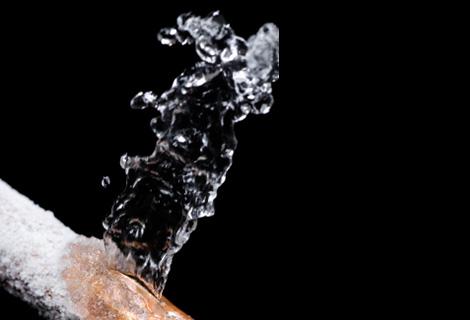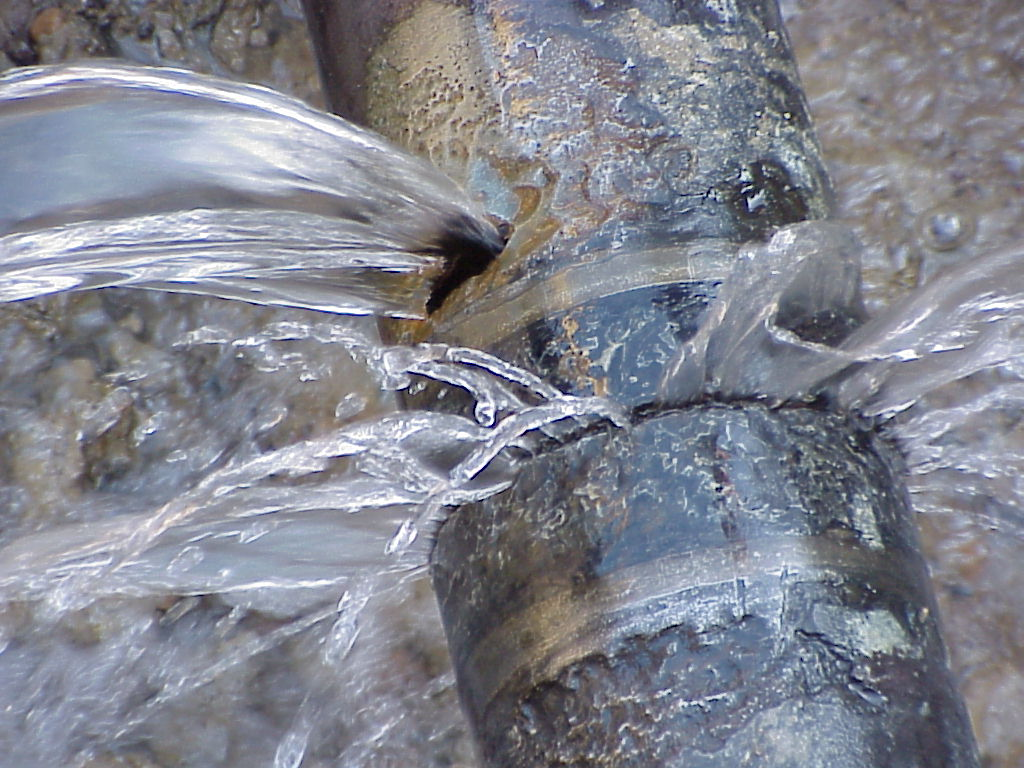Spotting a Leaky Pipe and Implementing Effective Solutions
Spotting a Leaky Pipe and Implementing Effective Solutions
Blog Article
What're your ideas on What to Know Before Installing a Dishwasher?

A ruptured pipeline is a major emergency; you can only stand as you view water you pay dearly to reunite with the earth. In even worse instances, you notice a swimming pool on your kitchen area flooring, which is a terrific journey hazard, especially if you have youngsters around. If the pipeline that ruptured was in your wall surfaces, trouble: you may require to repaint that entire section.
How can a catastrophe like a ruptured pipe be prevented and also taken care of? Well, by paying attention to your specialist emergency plumbing professionals and also complying with these regulations.
Just how do I understand when my pipes have ruptured?
Fluctuating water pressures
Pipelines do not just burst in a day. You may have observed that your kitchen area tap or shower doesn't run immediately when you turn the faucet. It may pause for a few seconds and after that blast you with even more pressure than normal.
In other instances, the water might appear regular in the beginning, after that drop in stress after a couple of secs.
Wet wall surfaces and water stains
Before a pipeline ruptureds, it will leak, a lot of times. If this relentless dripping goes unnoticed, the leak might graduate right into a large wound in your pipe. One easy means to avoid this emergency is to look out for wet wall surfaces ad water spots. These water stains will lead you right to the leak.
Puddles under pipelines as well as sinks
When a pipe ruptureds, the discharge forms a pool. It may show up that the puddle is expanding in size, and despite how many times you wipe the pool, in a few minutes, there's another one waiting to be cleaned up. Commonly, you might not be able to trace the pool to any visible pipelines. This is an indication to call a specialist plumber.
Untraceable dripping sounds
Pipeline bursts can occur in the most unpleasant areas, like within concrete, inside walls, or under sinks. When your home goes quiet, you may be able to listen to an aggravatingly relentless dripping noise. Even after you have actually examined your shower head and cooking area faucet, the leaking might continue.
Dear reader, the dripping might be originating from a pipeline inside your walls. There isn't much you can do regarding that, other than tell a specialist plumber.
Shut off the Water
When water freezes, it broadens in quantity by concerning 9 percent. And it expands with tremendous pressure: The pressure inside pipes may go from 40 extra pounds per square inch to 40,000 psi! No pipeline can hold that much stress, so it bursts. The break might take place where the ice types, but more often, it occurs where water stress locates a weak point in the pipe. That may be inches or perhaps feet from the icy location. Find the water shutoff valve and also switch off the water to avoid more damages. You might additionally require to shut down the power also, depending upon where the leaks occurs and also exactly how big it is.
Polluted water
Many individuals think a ruptured pipeline is a one-way electrical outlet. Quite the contrary. As water spurts of the hole or gouge in your plumbing system, contaminants locate their way in.
Your water may be contaminated from the source, so if you can, examine if your water container has any kind of issues. Nevertheless, if your drinking water is provided and detoxified by the local government, you must call your plumber promptly if you see or scent anything amusing in your water.
What do I do when I detect a burst pipeline?
Your water meter will continue to run also while your water wastes. To minimize your losses, discover the major controls and also turn the supply off. The water mains are an above-ground structure at the edge of your residential property.
How to Fix & Detect a Leaking Pipe
How Do I Know if a Pipe is Leaking?
Leak detection tests can help you determine if your pipe has a leak. Even if you don’t see an apparent leak, you should still conduct leak detection tests regularly to save water and money—and prevent major damage to your home.
Water meter. It can be helpful to figure out what your usual water meter usage numbers are and then monitor them regularly. To monitor your meter, first, turn off all water faucets in your home. Check the meter and write down the numbers. In a few hours, check the meter again. If the numbers have changed, you have a leak. Water gauge. Use a water gauge to test your water pressure. Your showerhead should produce a certain amount of water pressure based on its model and design. If the pressure is lower than it is supposed to be for that specific showerhead, your home likely has a leak. Puddles. Look inside your bathroom, laundry, and kitchen sink cabinets. Puddles around the cabinets or around toilets, tubs, showers, and washing machines indicate the presence of a leaking pipe. You may also notice loose tiles, peeling or flaking paint, or mold caused by water accumulation. Napkin test. Even if you don’t see any puddles, you may still have a leak. You can test for water leaks in the bathroom, laundry, and kitchen by wiping below-sink connections with a napkin, paper towel, or piece of toilet paper. If it becomes damp, you probably have a leaking pipe under the sink. Discolored walls. Walls that are discolored—usually with brown or yellow stains—or bulging might mean that they have been impacted by water damage caused by a leaking pipe. Smell. A leaky pipe will create sitting water, and over time, that water may develop a musty smell. If your home smells musty, but you can’t locate the source, it may be due to a leak. Steps for Fixing a Leaking Pipe
A leaky drain can be remedied by tightening the pipe base, replacing the drain seal, caulking the rim, and tightening the pipe nut. Similarly, a leaking toilet pipe can be treated by tightening the packing nut. You may also need to replace the valve. A leaky faucet may just need tightening or replacement of the washers. If that doesn’t work, consider replacing your faucet. If your pipe has a hole in it, you may want to use a pipe leak sealer or pipe leak tape. This quick fix for water pipe leaks can also temporarily fix a copper pipe leak. https://www.ahs.com/home-matters/quick-tips/how-to-tell-if-pipes-are-leaking/

As a serious person who reads about How to Install and Connect a New Dishwasher, I thought sharing that segment was smart. Are you aware of somebody else who is excited about How to install a dishwasher safely? Be sure promote it. Thank-you for your time invested reading it.
Expert plumbing diagnostics and repair. Report this page